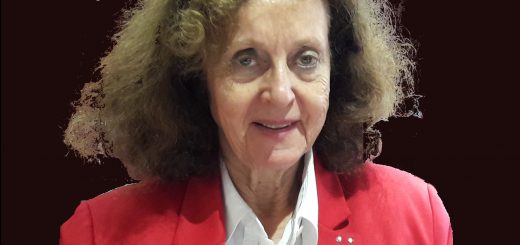Lucie Brolon & Clémence Fournié, MAP5
Modeling T-cell and dendritic cell communication & Optimal transport and cellular differentiation
[Lucie Brolon] Modeling T-cell and dendritic cell communication
When an infectious agent enters the body, it is detected by dendritic cells (DCs), which then emit biochemical signals to initiate an immune response, inducing the differentiation of T lymphocytes (LTs). Each signal needs to be analyzed in the context in which it was generated: LTs absorb a combination of signals emitted by DCs, which may be different in nature and may be emitted simultaneously by DCs. We study several algorithms to analyze this cellular communication, including the MARS algorithm: Multivariate Adaptative Regression Splines, a non-parametric regression method that automatically models non-linearity and interactions between variables.
[Clémence Fournié] Optimal transport and cellular differentiation
While two cells may possess the same genes, they can express them differently, leading to distinct cellular outcomes. Studying gene expression at different times allows to retrace their evolution in gene space. Optimal transport is a way to infer differentiation trajectories. Results have been obtained hypothesizing a model based on diffusive evolution of gene expression. We study an alternative model based on a Piecewise Deterministic Markov Process (PDMP).



